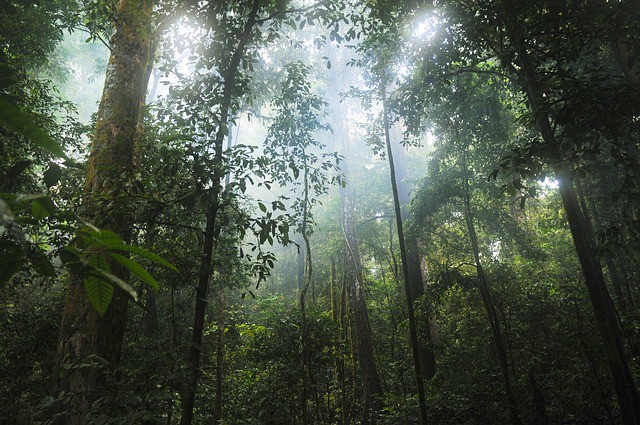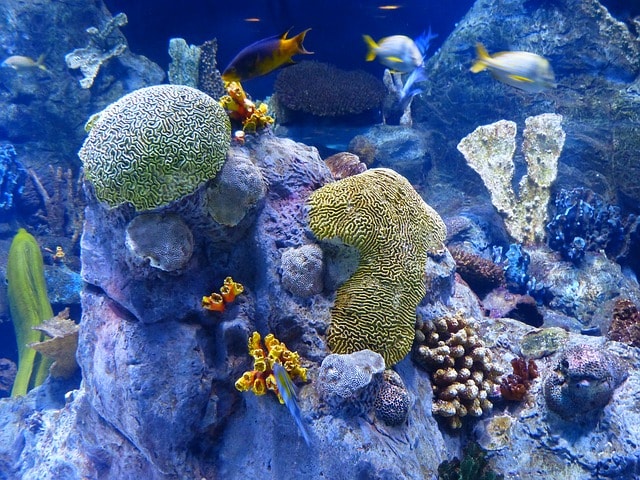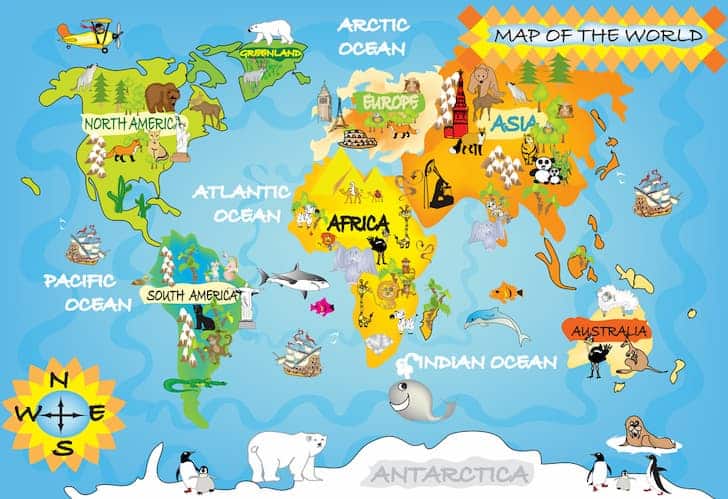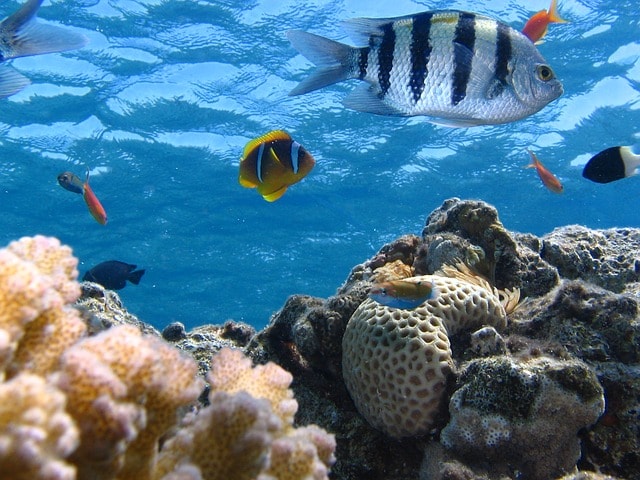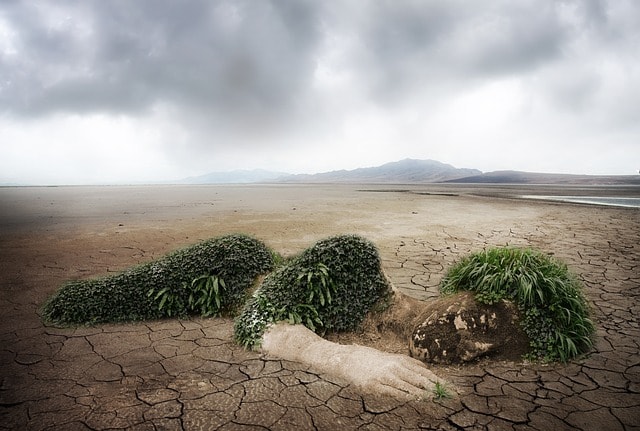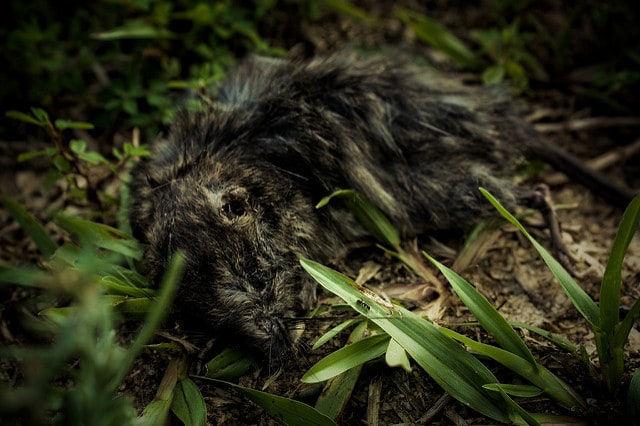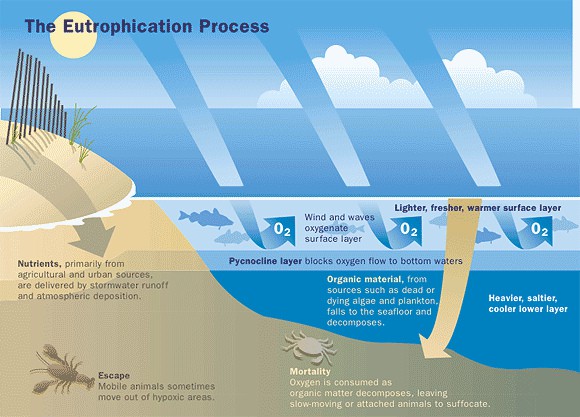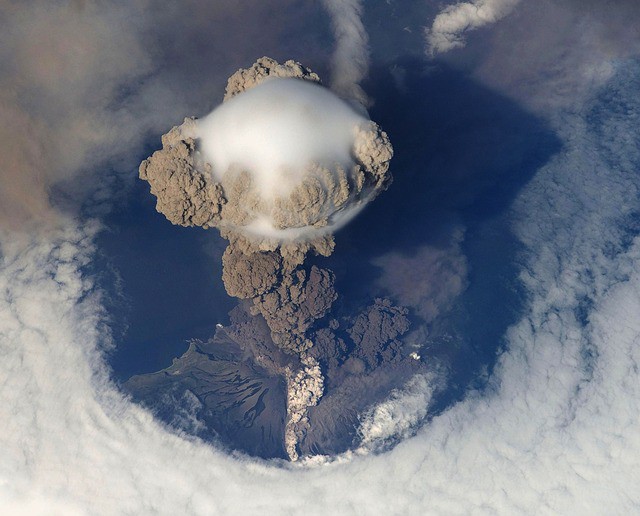What is Energy and What are Different Types of Energy?
In the simplest terms, energy is the ability to do work. Energy is also represented in terms of any source of usable power. In different ways, energy is used to do almost everything such as jumping, walking and the operation of machinery. For instance, the foods human consume contain energy which is stored in the…



